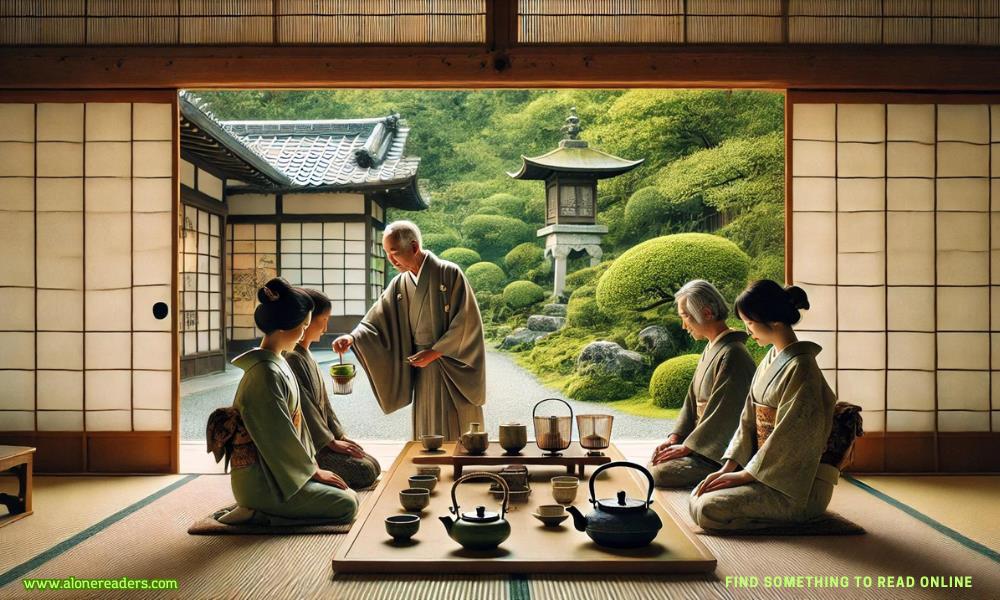
Kyoto, the former imperial capital of Japan, is a city where tradition and culture blend seamlessly with modern life. Known for its stunning temples, ancient shrines, and beautiful gardens, Kyoto offers a unique experience that allows visitors to step back in time and immerse themselves in Japan's rich cultural heritage. Among the many traditional activities that Kyoto offers, one that stands out is the experience of participating in a traditional tea ceremony, also known as chanoyu or sado. This ancient practice, deeply rooted in Japanese culture, provides a tranquil escape from the hustle and bustle of modern life, allowing you to experience the essence of Zen.
Kyoto is home to some of the most beautiful and historically significant teahouses in Japan. The tea ceremony, which originated in the 9th century, has been perfected in this city over the centuries. It’s more than just drinking tea; it’s a spiritual experience that involves precise movements, a deep connection with nature, and an appreciation of simplicity and tranquility.
One of the most famous places to experience a tea ceremony in Kyoto is the Kodaiji Temple, where tea ceremonies are held in a serene environment surrounded by lush gardens and historical architecture. Another iconic location is the Kanshundo Tea House, where you can enjoy the ceremony in a traditional tatami room overlooking a peaceful garden. Each location offers a unique setting, but all share the same goal: to provide a moment of peace and introspection.
Kyoto is easily accessible from major cities in Japan. If you’re traveling from Tokyo, the Shinkansen (bullet train) is the fastest and most convenient option, taking approximately 2.5 hours to reach Kyoto Station. A one-way ticket on the Shinkansen costs around 14,000 yen (approximately $130 USD). Alternatively, you can take a domestic flight from Tokyo to Osaka and then a 75-minute train ride to Kyoto.
If you’re coming from Osaka, the JR Special Rapid Service train will take you to Kyoto in just 30 minutes, with a fare of around 560 yen (approximately $5 USD). Kyoto is also well-connected by buses, which can be a cheaper but longer option.
Kyoto offers a wide range of accommodations, from luxurious hotels to traditional ryokan (Japanese inns). If you’re looking to fully immerse yourself in the culture, staying in a ryokan is highly recommended. Gion Hatanaka, located in the heart of the Gion district, is a popular choice. This ryokan offers tatami rooms with futon beds, traditional kaiseki meals, and a peaceful atmosphere that complements the tea ceremony experience. A night at Gion Hatanaka can cost around 30,000 yen (approximately $275 USD), including dinner and breakfast.
For those on a budget, Kyoto also has a variety of affordable options. Guesthouses and hostels are plentiful, with prices ranging from 3,000 to 6,000 yen (approximately $28 to $55 USD) per night. Piece Hostel Sanjo is a well-known budget option that offers modern amenities and a central location for about 4,000 yen (approximately $37 USD) per night.
Kyoto’s cuisine is a reflection of its rich history and cultural heritage. When visiting for a tea ceremony, you’ll also have the opportunity to savor kaiseki, a traditional multi-course meal that is an art form in itself. Kaiseki typically includes seasonal ingredients prepared with precision and served in an elegant manner, mirroring the aesthetics of the tea ceremony.
Hyotei, a Michelin-starred restaurant with over 400 years of history, is one of the best places to enjoy kaiseki in Kyoto. A meal at Hyotei can cost between 15,000 and 30,000 yen (approximately $140 to $275 USD), depending on the course. For a more casual dining experience, Nishiki Market, known as “Kyoto’s Kitchen,” offers a variety of local delicacies such as yuba (tofu skin) and matcha-flavored sweets. A meal at Nishiki Market can cost around 1,500 to 3,000 yen (approximately $14 to $28 USD).
To help you budget your trip to Kyoto for a traditional tea ceremony experience, here’s a breakdown of estimated costs:
Total Estimated Cost: Approximately 65,500 yen (~$600 USD) for a one-day experience, excluding souvenirs and additional activities.
When planning your visit to Kyoto, it’s important to consider a few things to ensure a smooth and enjoyable trip:
Seasonal Crowds: Kyoto is a popular tourist destination, especially during cherry blossom season (March to April) and autumn (October to November). To avoid large crowds and long waits, try visiting during the off-peak months or early in the morning.
Respect Local Customs: The tea ceremony is a sacred tradition in Japan. Be sure to dress modestly, follow the host’s instructions carefully, and maintain a quiet and respectful demeanor throughout the ceremony.
Language Barrier: While many people in Kyoto speak basic English, especially in tourist areas, it’s helpful to learn a few basic Japanese phrases or carry a translation app to assist with communication.
Cash vs. Credit: While credit cards are widely accepted in major cities, some traditional establishments, including tea houses, may only accept cash. It’s a good idea to carry enough yen for your expenses.
Conclusion
Experiencing a traditional tea ceremony in Kyoto is more than just a cultural activity—it’s a journey into the soul of Japan. From the peaceful atmosphere of the teahouses to the exquisite flavors of Kyoto’s cuisine, this experience offers a unique glimpse into the country’s rich heritage. Whether you’re a first-time visitor or a seasoned traveler, a tea ceremony in Kyoto is a must-do that will leave you with lasting memories of serenity and beauty.